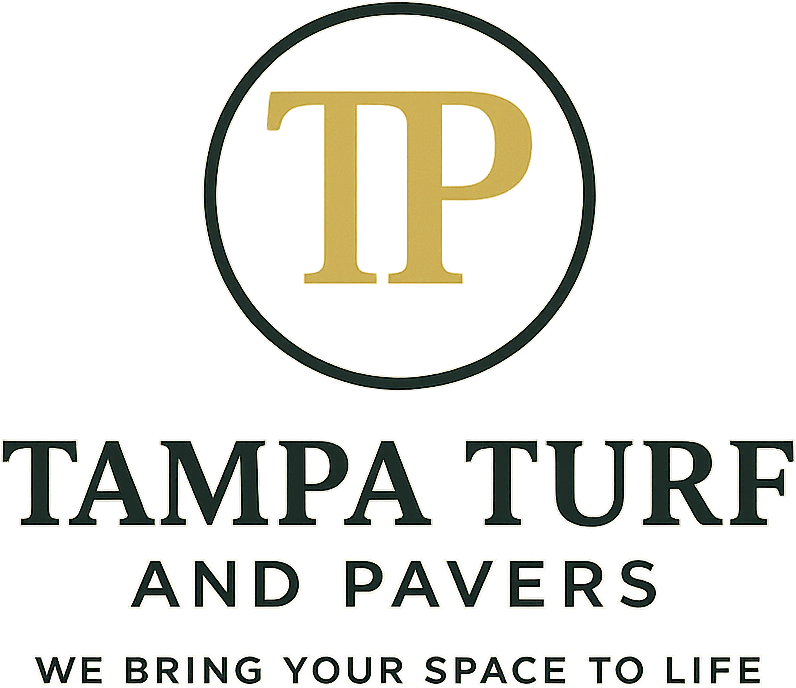Why Drainage Is a Big Deal in East Tampa
East Tampa homeowners know that heavy summer rains and storm surges can overwhelm natural lawns. Poor drainage leads to standing water, muddy patches, and even mosquito breeding grounds. Traditional sod struggles in these conditions, often requiring constant re‑grading, reseeding, and chemical treatments.
Artificial Turf offers a smarter solution. With engineered bases and advanced drainage systems, Artificial Turf can handle East Tampa’s wet climate while staying green and usable year‑round.
How Artificial Turf Improves Drainage
A professional Artificial turf installation in East Tampa includes multiple layers designed to move water efficiently:
- Engineered Base: A 4–6 inch compacted limestone or crushed shell base prevents erosion and creates a stable foundation.
- Drainage Grid or Aggregate Layer: Channels water away from the surface, reducing puddles and runoff.
- Perforated Turf Backing: Allows water to pass through quickly, preventing standing water.
- Antimicrobial Infill: Keeps Artificial Turf fresh and odor‑free, even in flood‑prone areas.
Together, these features create a lawn that drains faster than natural grass and stays usable after heavy storms.
Local Example: A Flood‑Prone Yard in East Tampa
One East Tampa homeowner lived near a low‑lying area where rainwater pooled for days. Grass never survived, and the yard was unusable most of the summer. After installing Artificial Turf with a drainage grid and antimicrobial infill, the yard transformed. Water now drains within hours, the surface stays clean, and the family can enjoy their outdoor space year‑round.
Installation Process for Drainage‑Focused Turf
- Site Assessment: Installers evaluate slope, soil type, and water flow.
- Excavation: Old sod and soil are removed to create space for the drainage base.
- Base Installation: A compacted limestone base is layered with drainage aggregate.
- Turf Placement: Perforated Artificial Turf is rolled out and secured.
- Infill Application: Antimicrobial infill is brushed in to keep fibers upright and control odor.
This process ensures that the Artificial turf installation not only looks great but also performs under East Tampa’s toughest weather conditions.
Maintenance Tips for Turf in Wet Areas
- Rinse After Heavy Rains: Helps clear debris and keep drainage pathways open.
- Inspect Edges Annually: Ensure seams and borders remain tight after flooding.
- Brush Fibers Monthly: Prevents matting and keeps Artificial Turf looking natural.
- Clear Debris: Use a blower to remove leaves that could block drainage.
FAQs
Will turf flood during heavy storms?
No. Properly installed Artificial Turf drains faster than natural grass, reducing standing water.
Does turf attract mosquitoes?
No. Because water doesn’t pool on the surface, turf actually reduces mosquito breeding areas.
Can turf be installed in low‑lying yards?
Yes. With the right base and drainage system, Artificial turf installation is ideal for flood‑prone properties.
CTA
Want turf that’s built for city living? Read our post on Downtown Tampa Rooftop & Patio Turf.
For drainage‑ready Artificial Turf Installation in East Tampa, trust Tampa Turf and Pavers to deliver lawns that perform in any weather.
